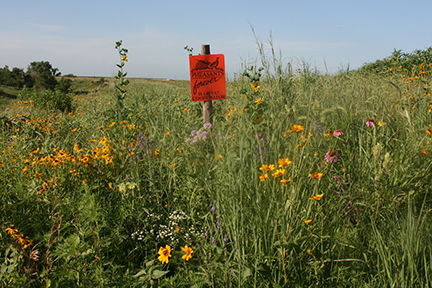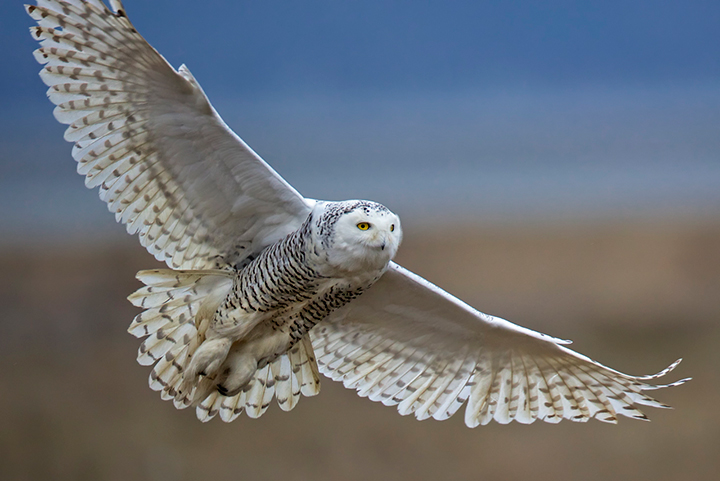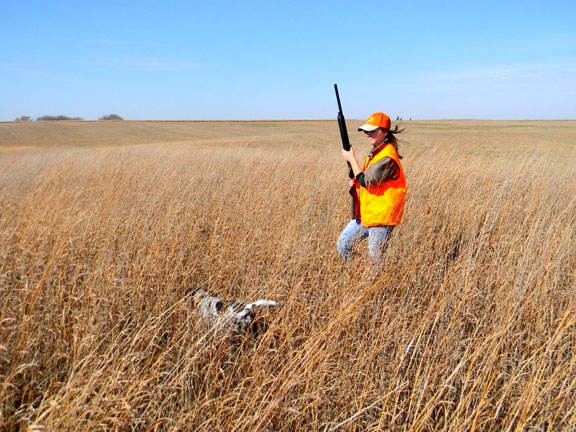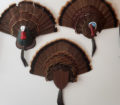By Mike Hawkins
Iowa DNR Fisheries Biologist
If you haven’t already heard the news, zebra mussels are here. The discovery of a single live zebra mussel in Upper Gar Lake and a few mussel shells from a hoist pulled from East Okoboji Lake last fall was scary enough. This year the news got worse. We found zebra mussels on boat hoists pulled from East Okoboji Lake, West Okoboji Lake, and the lower chain. The numbers have increased dramatically. Although still not noticeable to the casual observer, the few small mussels we’re finding on hoists from throughout the chain is enough to show a substantial reproducing population. No zebra mussels have been found in Big Spirit Lake yet.
The DNR did sample extensively for zebra mussels and their larvae through the spring and summer of 2013 with encouraging results. The recent discoveries are simply due to the huge amount of surface we’re able to examine on hundreds of boat hoists after they are removed from the water. The zebra mussels we’re finding are mostly juveniles measuring just 1/8 to ¼ of an inch long. Because boat hoists are removed each year, the attached mussels are only able to grow part of one season. Zebra mussels are able to grow to adult size on rocks and other hard structures in the lake.
We will need to begin preparing ourselves for the impacts we will likely see. Currently, there is no lake-wide cure.
There have been many questions about the impacts these invaders may have. At this point we can only make predictions based on evidence from other lake infestations and our best science.
Each lake in the chain is very different in size, depth, bottom composition, and water clarity so the impacts may vary dramatically across systems. Since zebra mussels prefer a hard surface to attach to, lakes with the most rock and hard bottom will probably develop the highest population. All of the lakes will see dramatic shifts in their ecology.
Water clarity will likely increase due to the amazing filtering rates of these mussels. Each mussel can filter a quart of water a day and density levels can reach 1,000 to 10,000 individuals per square meter.
All of this filtering shifts much of the lake’s primary production to the lake bottom causing a change in the food chain dynamics resulting in problems for some larval and juvenile fish (they will have a hard time finding something to eat).
The increase in water clarity will increase the aquatic plant density. Many places in East Okoboji Lake and the Lower Chain will see increases in aquatic plants. While this may benefit some parts of the lake ecosystem, lake access may be more challenging in some areas.
Dead shells on beaches and mussels attached to swim ladders and docks will make for tough walking for bathers and force swimmers to wear shoes to protect their feet.
The drinking water utilities in our community use water out of the lakes to supply our drinking water. These utilities are going through some rapid and expensive changes to their systems to keep the mussels from clogging intakes and pipes.
The Spirit Lake Hatchery draws its water from Big Spirit Lake and is largely unprepared for the infestation while funding is very limited to make the necessary changes. Many of the state’s walleye and northern pike populations are sustained through stocking from this facility.
All lakes in the region will be under extreme risk of infestation. Because of the popularity of the Iowa Great Lakes, inter-lake travel is very common and other lake infestations become more likely.
The overall impact to the fishery is something that is unknown. Clearer water may favor some species (bluegill and bass) while other changes could make life more difficult for other species.
It is impossible to point to what or who introduced the mussels. It may have been more than one source. It is most likely they were introduced by a vessel carrying contaminated water. We’ll never really know.
If zebra mussels weren’t enough, the Iowa Great Lakes continue to be under threat from other aquatic invaders. We’re currently tracking a number of other invasive species in Iowa, the Midwest, and the United States. Our prevention methods and strategies for these species are the same as for zebra mussels. Strong community support is key to the continued fight to prevent their spread.
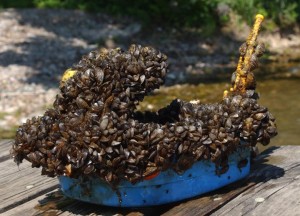
(photo submitted) Cutline (photo submitted): A huge mass of Zebra Mussels covers this plastic toy boat! Although this scene came from a different body of water, in a matter of years, this could be the scene on the Okoboji chain. Objects like hoists, rocks, ladders and other submerged objects will be covered with masses of zebra mussels.

